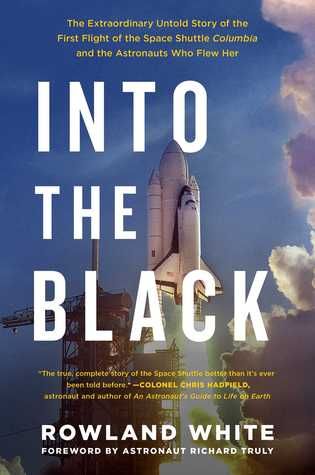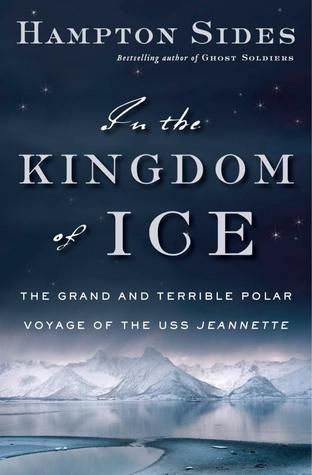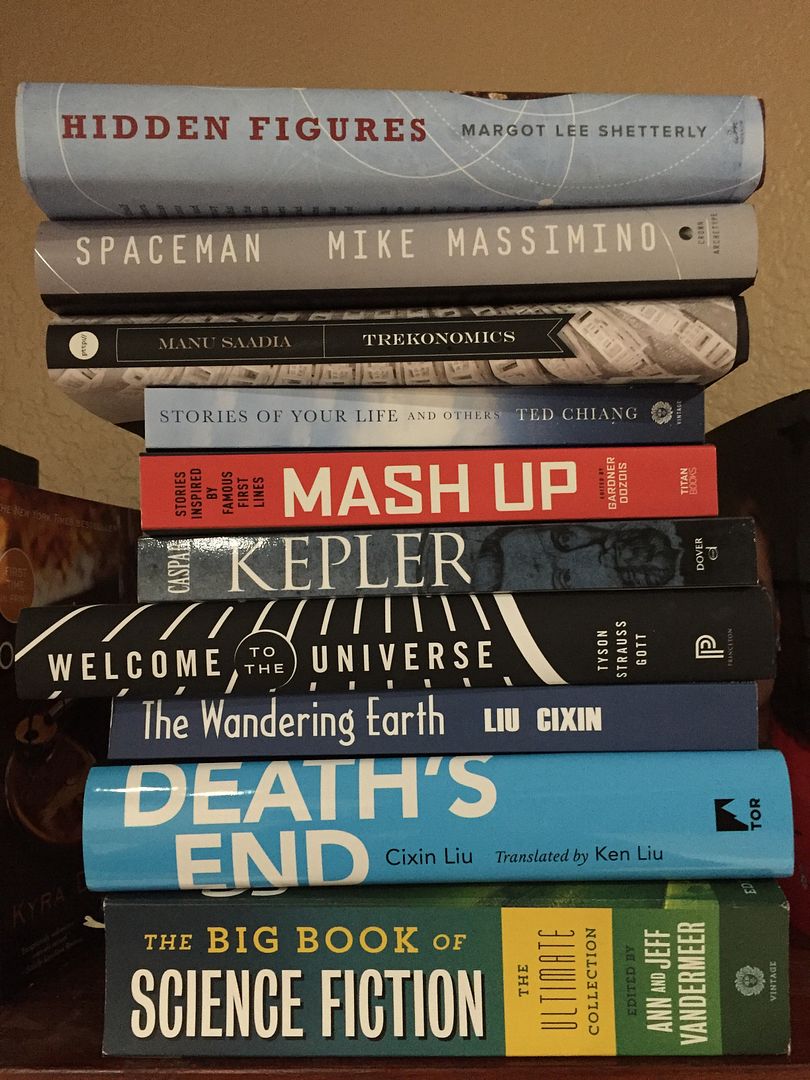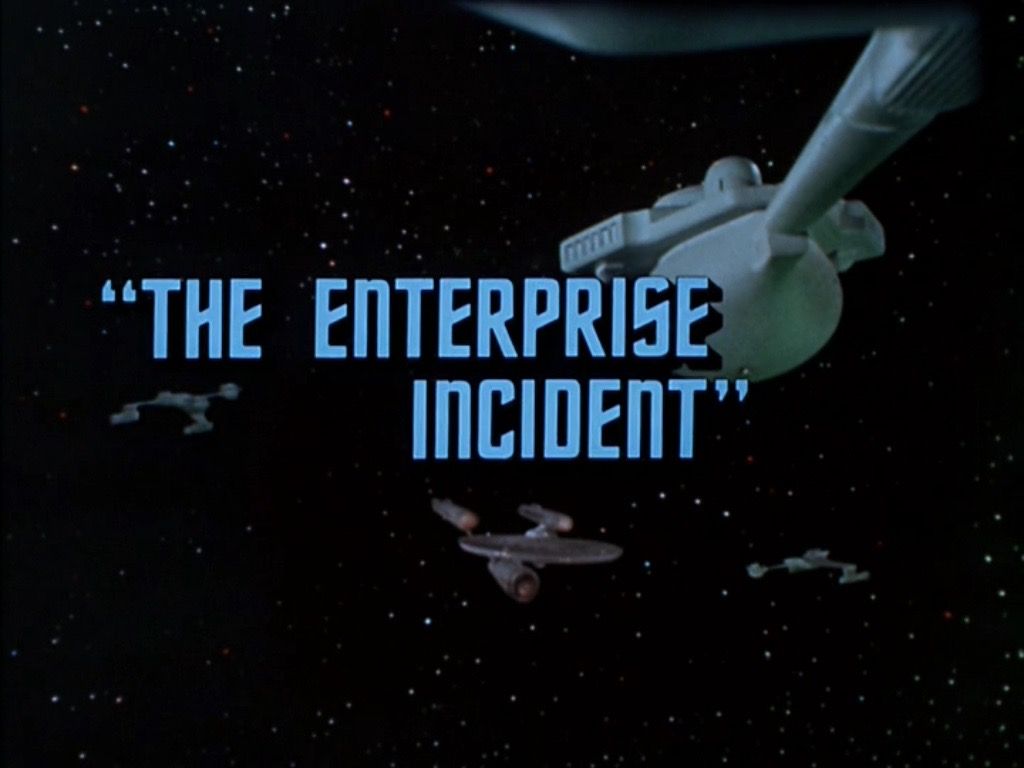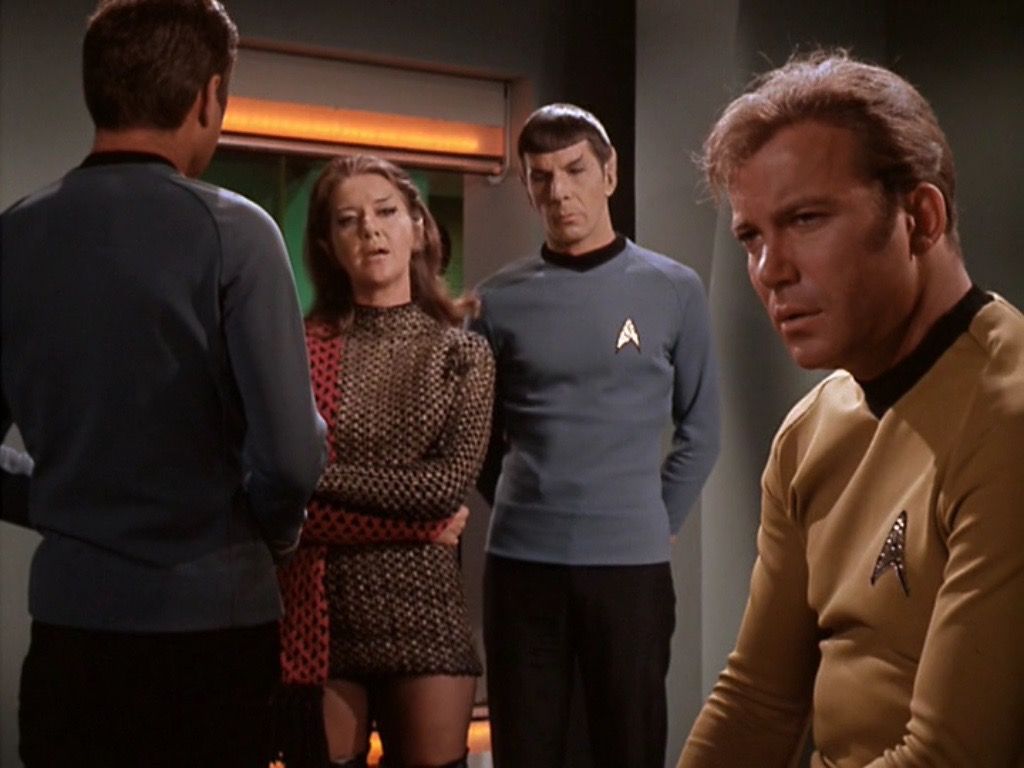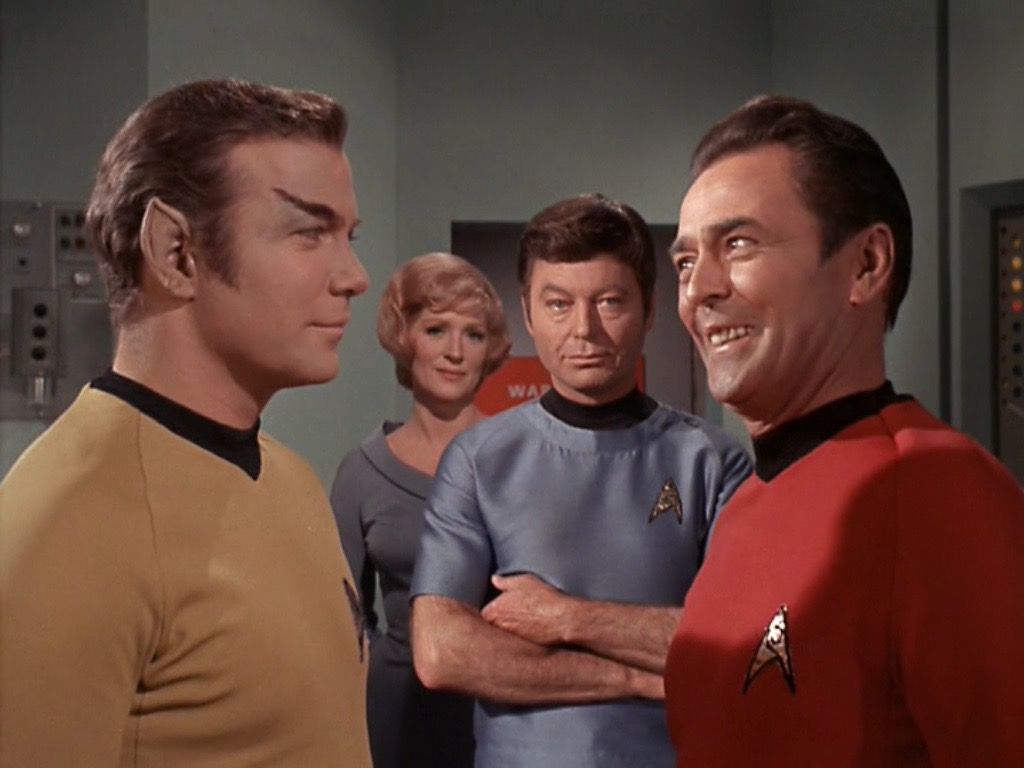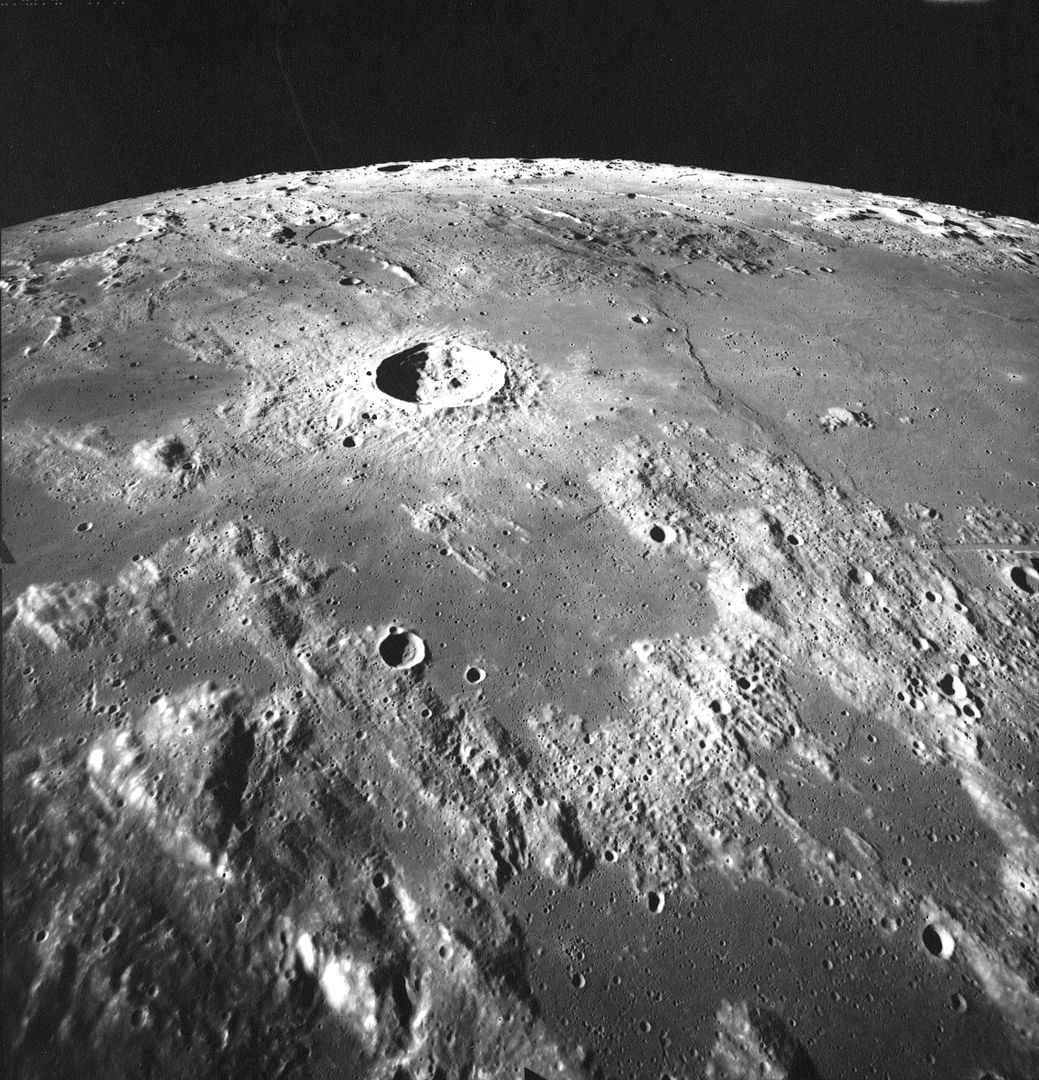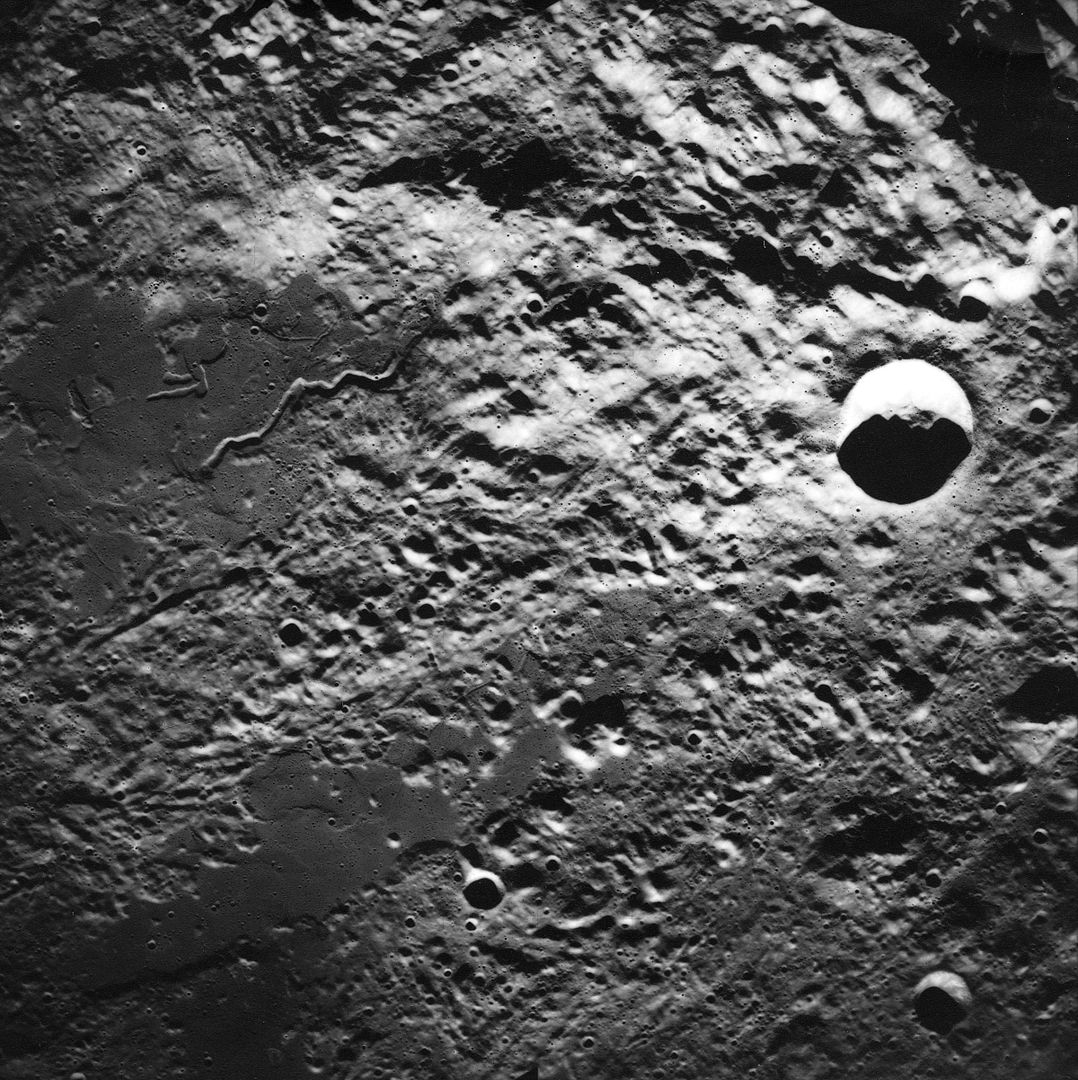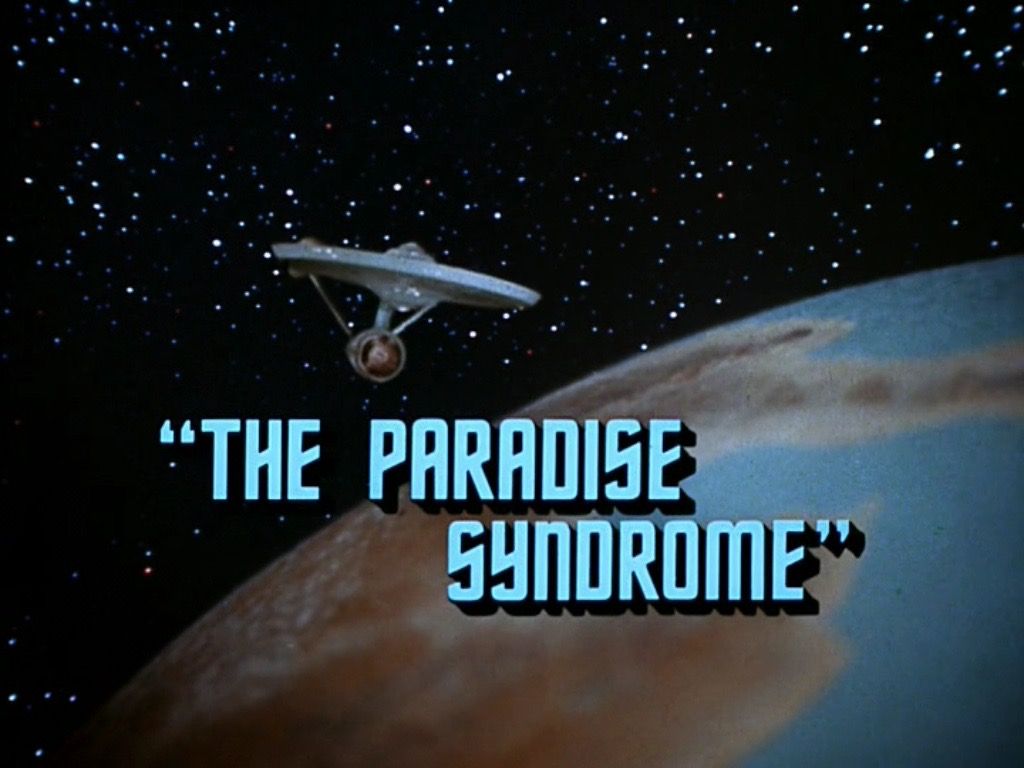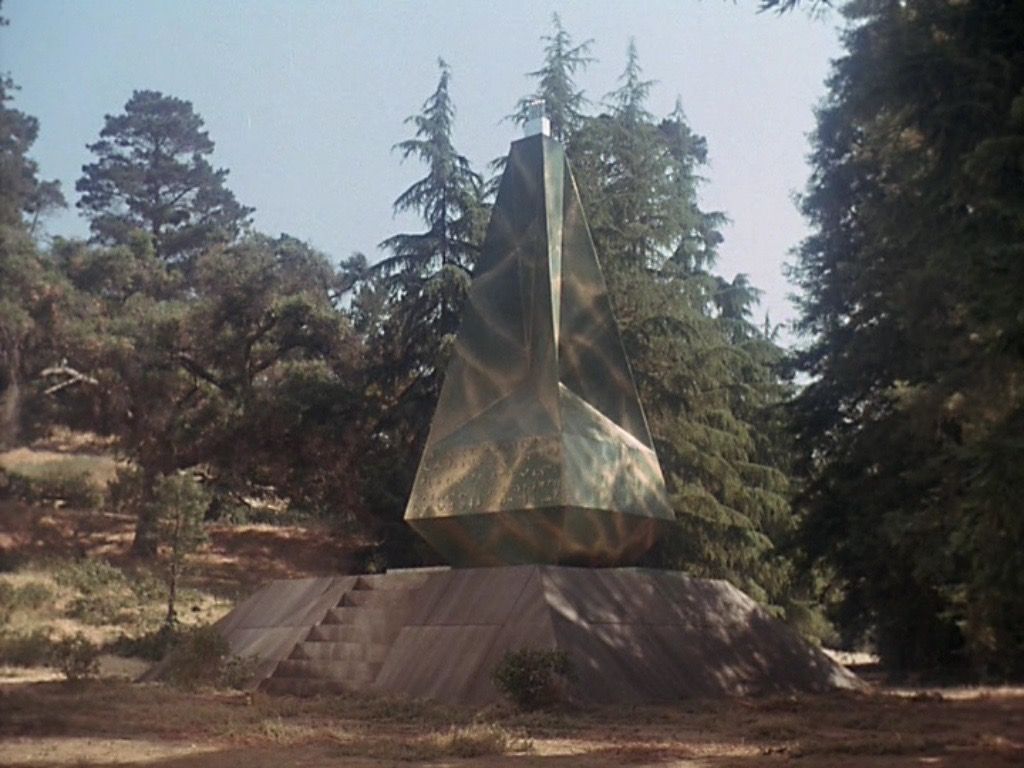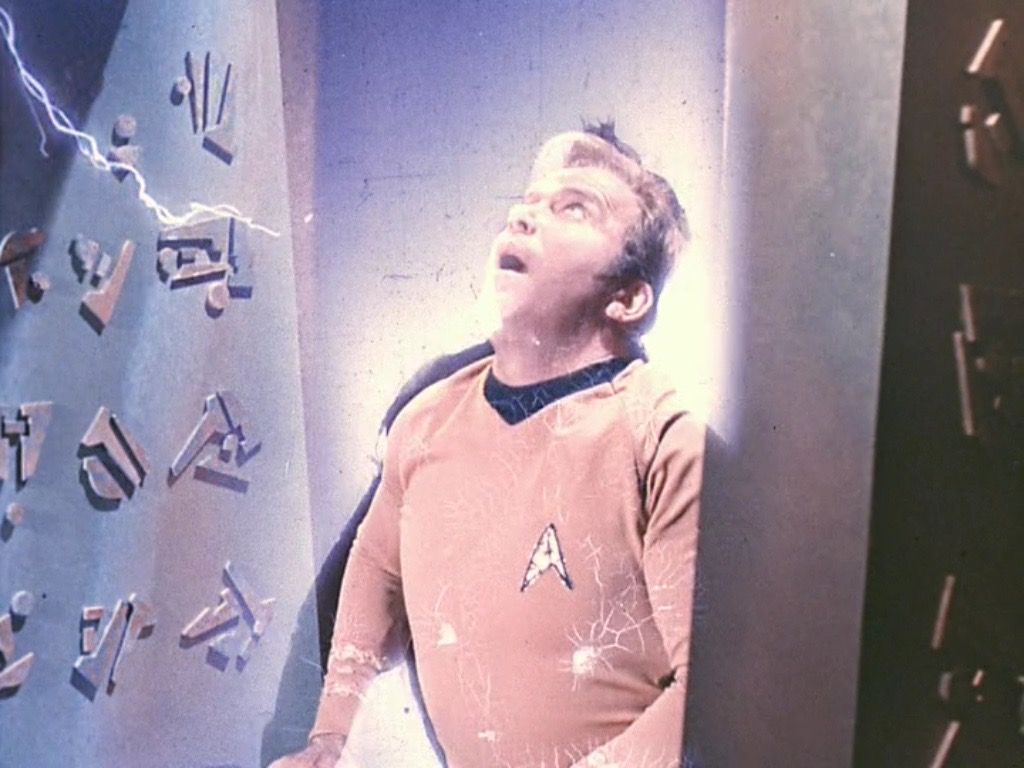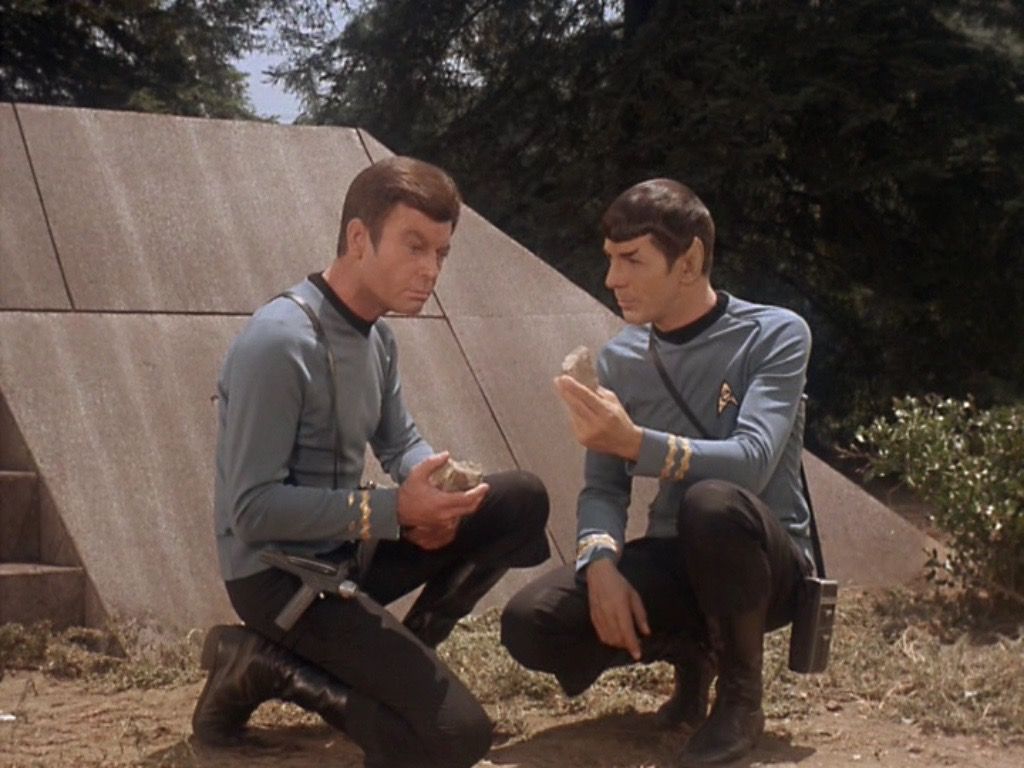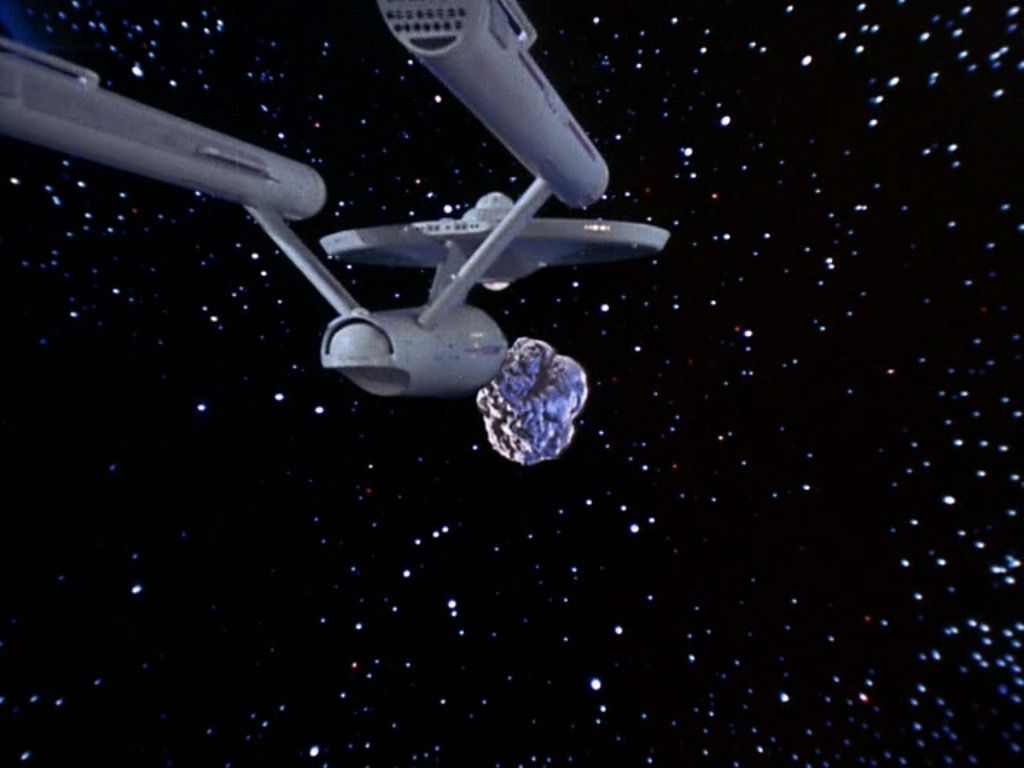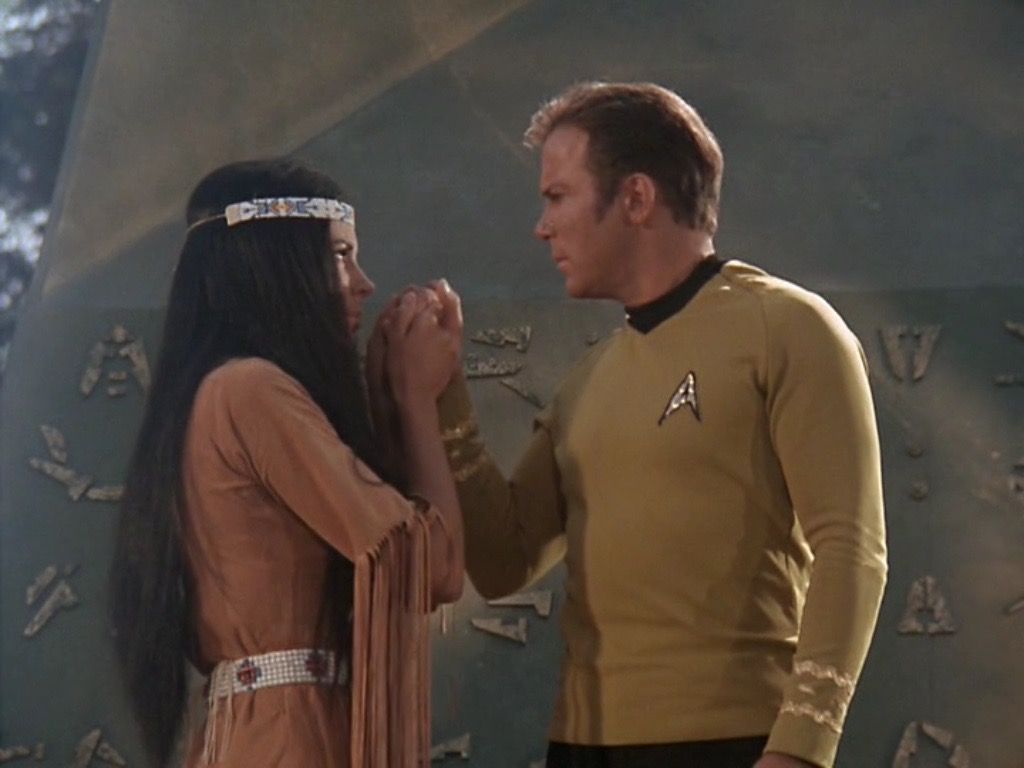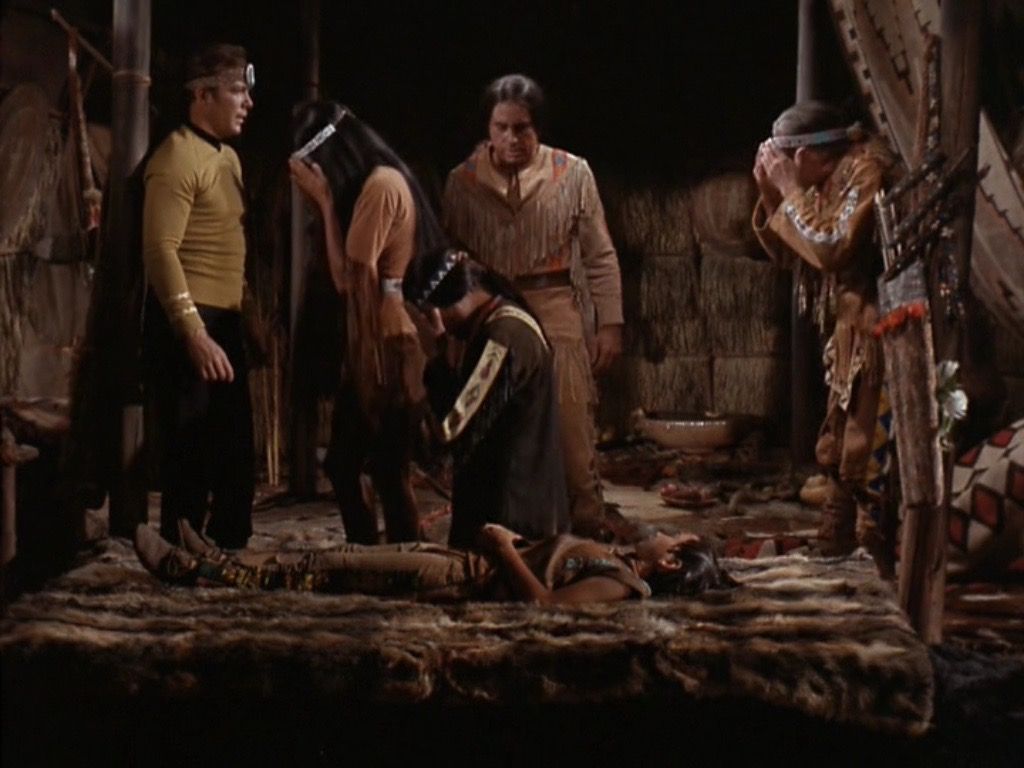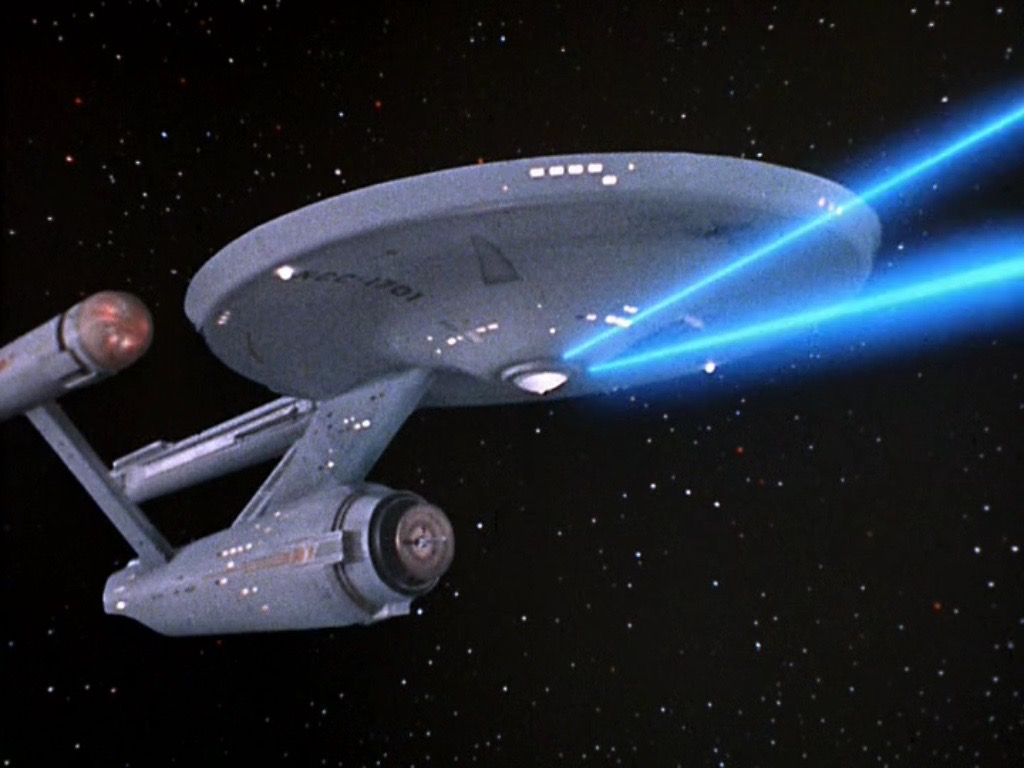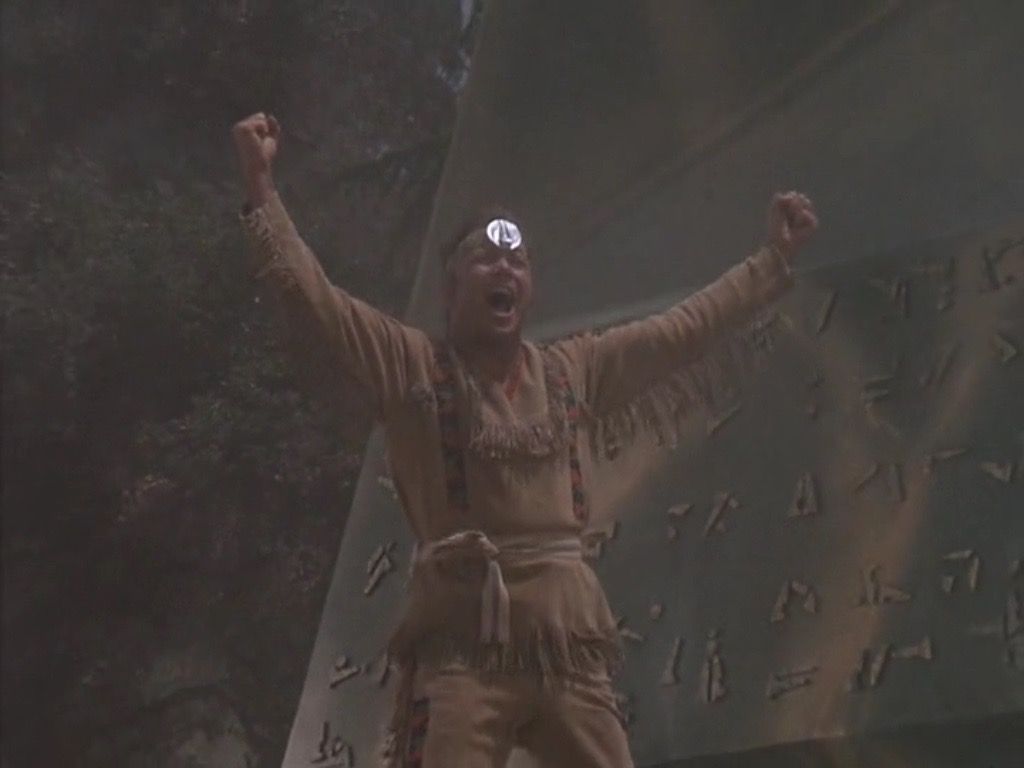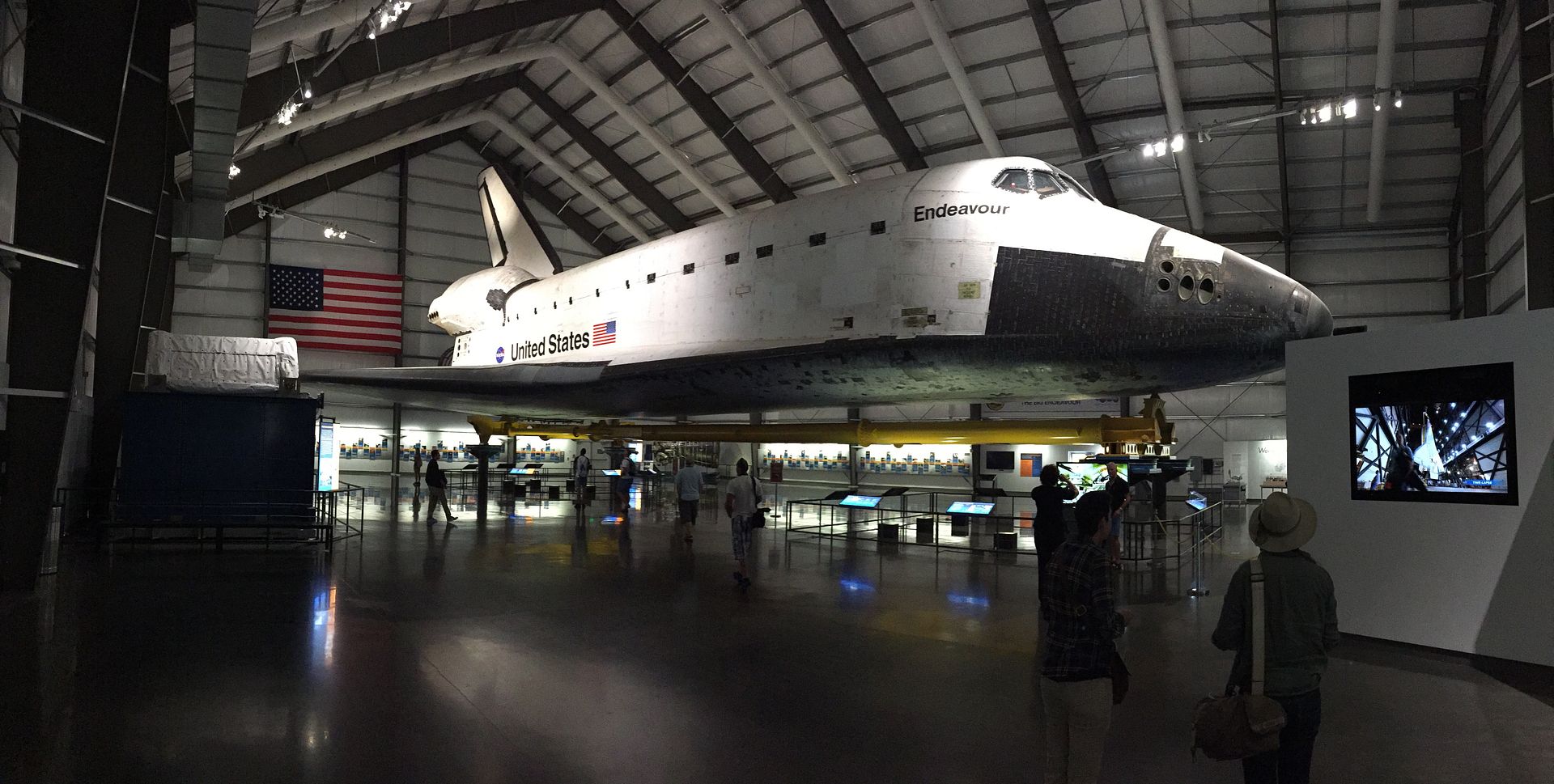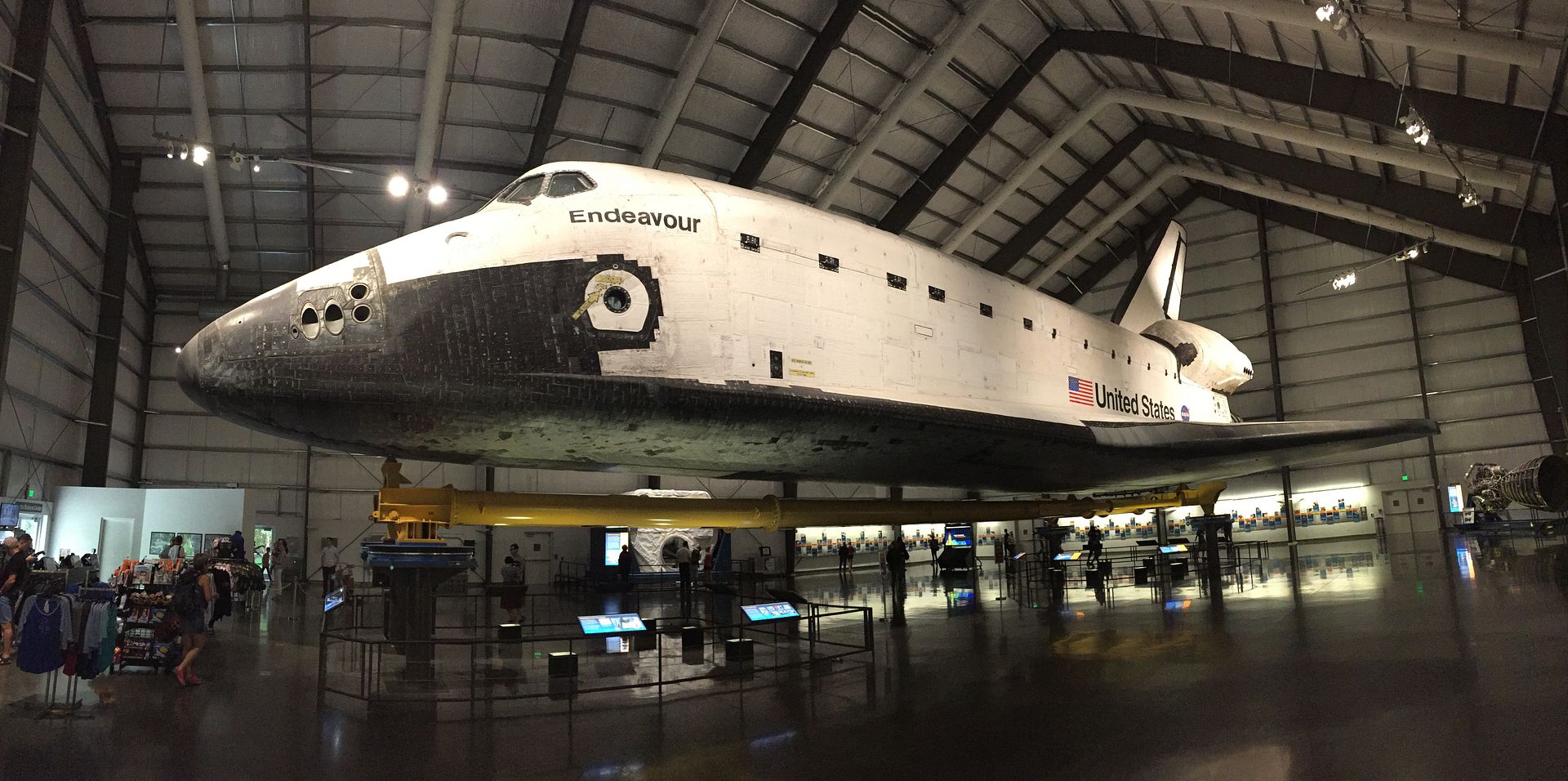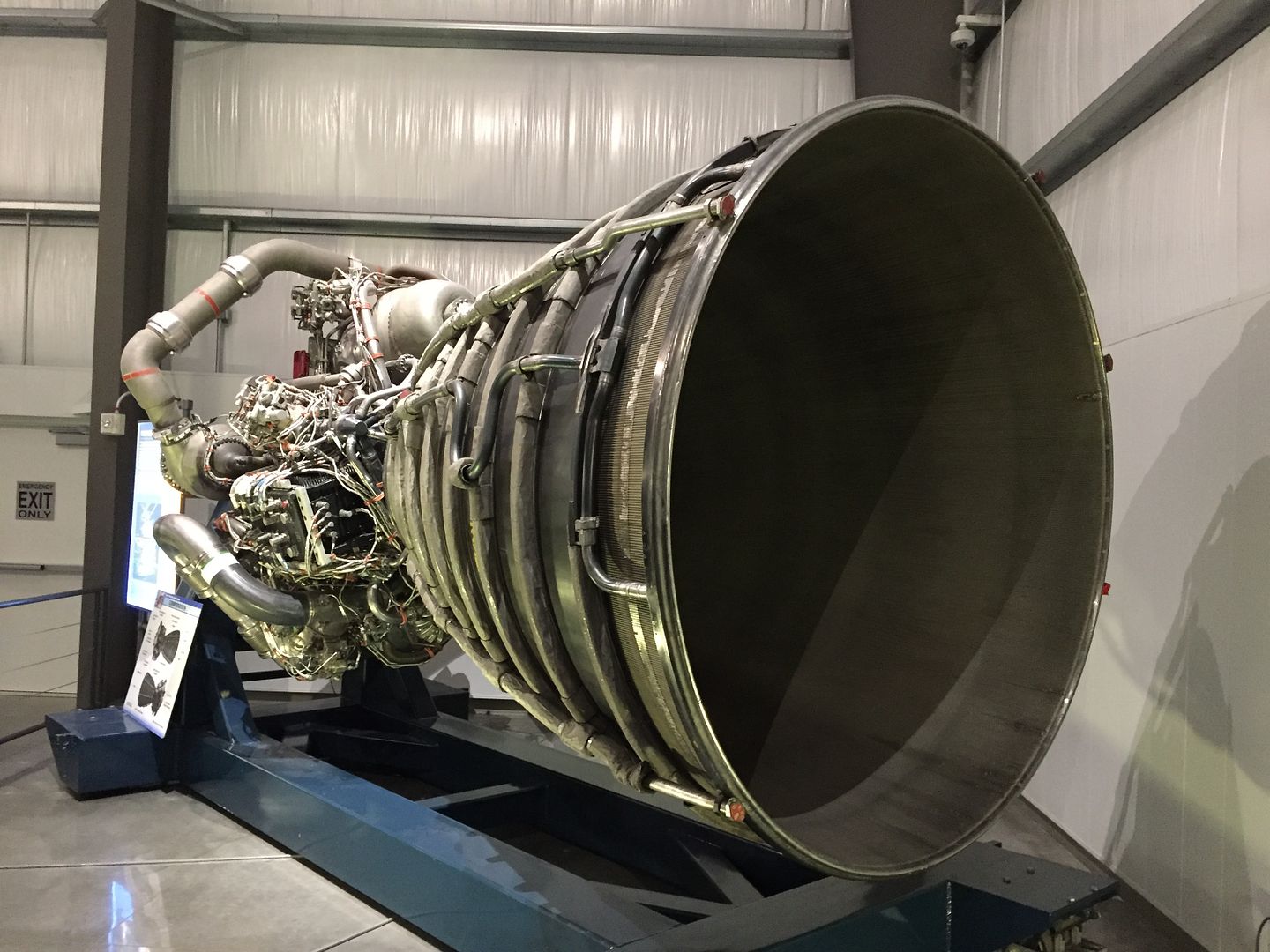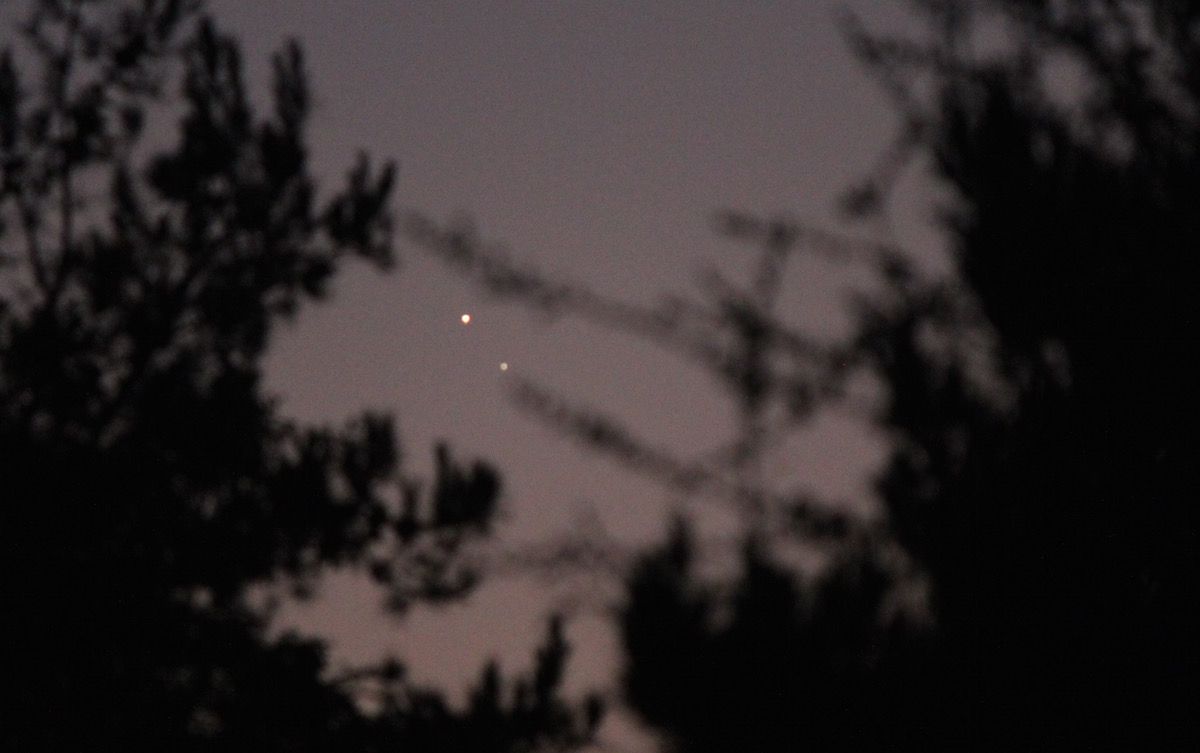2016 gave me more time to read than I have had in quite a while. I managed to read 46 books, which far exceeded the 24 books I read in 2015 and the 18 I read in 2014.
As I've done in the past, here are my thoughts on some of what I read this year, focusing mostly on books published in the last few years.
I teach astronomy, so it is no surprise that I like books about astronomy and space exploration. I read a lot of them this year. Back in March I blogged about two of them: Infinity Beckoned by Jay Gallentine and The New Cosmos by David Eicher, but I also very much enjoyed Thomas Levenson's The Hunt for Vulcan, Marcia Bartusiak's Black Hole* and Tyler Nordgren's Sun, Moon, Earth: The History of Solar Eclipses, from Omens of Doom to Einstein and Exoplanets.
On the space exploration front there's Into the Black, Roland White's wonderful history of the Space Shuttle program's origins and first two flights. Also, while Hidden Figures is getting a lot of attention right now (they've made a movie of it), Nathalia Holt's Rise of the Rocket Girls also tells the story of human woman 'computers'. Rocket Girls is an enjoyable and informative history of the women computers at JPL, while Margot Lee Shetterly's Hidden Figures profiles the black women computers who worked on NASA's human spaceflight program. Hidden Figures is on my to-read pile (see below), I just haven't read it yet.
In science fiction, I recently finished Babylon's Ashes, the sixth book in The Expanse series by James S.A. Corey. It's a great series of "space opera" novels that's also become a series on SyFy that's worth watching. I also enjoyed Solar Express by L.E. Modesitt, Jr. It tells the tale of an alien artifact that makes way through the solar system, the astronomer that discovered it, and someone that gets sent to visit it.
The book that I perhaps enjoyed the most was an unexpected choice for me. It is one that I picked up on on a whim that then sat in my to-read pile. It was there at the end of both 2014 and 2015. This year I decided that I should really give it a try and I'm glad I did.
In the Kingdom of Ice: The Grand and Terrible Polar Voyage of the USS Jeannette
by Hampton Sides was riveting. The title really says it all, it really was a grand and terrible expedition. Hampton Sides did a wonderful job in telling the tragic tale of this doomed expedition that set sail for the arctic in the late 1870s. It is a gripping history that I highly recommend.
Finally, as I like to do, here is a photo of my to-read pile as we head into 2017. I've actually already started The Big Book Of Science Fiction, but it is such a big book of short stories that I am only occasionally reading that it might very well be somewhere in the pile next year. Hopefully 2017 will bring even more good books to read.
*The full title is Black Hole: How an Idea Abandoned by Newtonians, Hated by Einstein, and Gambled On by Hawking Became Loved, but that's just too long to put into a sentence with other book titles that also have really long titles, such as this one: The Hunt for Vulcan: . . . And How Albert Einstein Destroyed a Planet, Discovered Relativity, and Deciphered the Universe. I don't know about you, but we seem to be living in a period of book title inflation.
As I've done in the past, here are my thoughts on some of what I read this year, focusing mostly on books published in the last few years.
I teach astronomy, so it is no surprise that I like books about astronomy and space exploration. I read a lot of them this year. Back in March I blogged about two of them: Infinity Beckoned by Jay Gallentine and The New Cosmos by David Eicher, but I also very much enjoyed Thomas Levenson's The Hunt for Vulcan, Marcia Bartusiak's Black Hole* and Tyler Nordgren's Sun, Moon, Earth: The History of Solar Eclipses, from Omens of Doom to Einstein and Exoplanets.
On the space exploration front there's Into the Black, Roland White's wonderful history of the Space Shuttle program's origins and first two flights. Also, while Hidden Figures is getting a lot of attention right now (they've made a movie of it), Nathalia Holt's Rise of the Rocket Girls also tells the story of human woman 'computers'. Rocket Girls is an enjoyable and informative history of the women computers at JPL, while Margot Lee Shetterly's Hidden Figures profiles the black women computers who worked on NASA's human spaceflight program. Hidden Figures is on my to-read pile (see below), I just haven't read it yet.
In science fiction, I recently finished Babylon's Ashes, the sixth book in The Expanse series by James S.A. Corey. It's a great series of "space opera" novels that's also become a series on SyFy that's worth watching. I also enjoyed Solar Express by L.E. Modesitt, Jr. It tells the tale of an alien artifact that makes way through the solar system, the astronomer that discovered it, and someone that gets sent to visit it.
I bought Liu Cixin's The Three Body Problem mostly because of its interesting title (Okay, the fact that it won the 2015 Hugo Award for best novel may have had something to do with it too). It was a fantastic read. When I started it I didn't realize that it was the first of three books. The second book, The Dark Forest was just as amazing. I'll soon be starting Death's End, the third book in series. I can't wait.
Somewhat related to science fiction are some other books I should mention. William Shatner's Leonard, a biography of Leonard Nimoy. It was far more moving than I expected and well worth reading for any one who is a fan of Star Trek and Nimoy's work. Speaking of Star Trek, I also very much enjoyed both volumes of The Fifty Year Mission by Mark Altman and Edward Gross. They are oral histories that look at the 50 years of Star Trek (surprise!). The first book covers the original series and the movies made by that cast, while the second book looks at The Next Generation, Deep Space Nine, Voyager, Enterprise and the JJ Abrams Trek movies. I preferred the second book, as it had much more in it that I had never heard of, but both were good reads.The book that I perhaps enjoyed the most was an unexpected choice for me. It is one that I picked up on on a whim that then sat in my to-read pile. It was there at the end of both 2014 and 2015. This year I decided that I should really give it a try and I'm glad I did.
*The full title is Black Hole: How an Idea Abandoned by Newtonians, Hated by Einstein, and Gambled On by Hawking Became Loved, but that's just too long to put into a sentence with other book titles that also have really long titles, such as this one: The Hunt for Vulcan: . . . And How Albert Einstein Destroyed a Planet, Discovered Relativity, and Deciphered the Universe. I don't know about you, but we seem to be living in a period of book title inflation.

